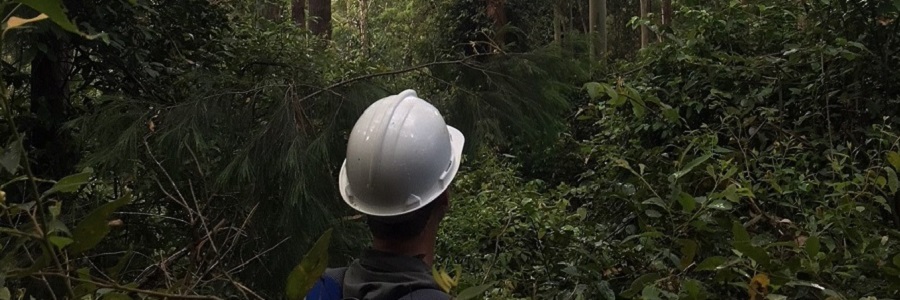Contribution to global carbon cycles

What is the carbon balance of NSW forests currently and under different scenarios?
Community concern about climate change has focused attention on the carbon cycle including the role of carbon capture by vegetation. NSW forests contribute to the global carbon cycle. Maintaining forest carbon stocks is an important indicator of sustainable forest management.
Project CC1: Carbon balance of NSW forests
Project CC1: Carbon balance of NSW forests
 |
- Carbon balance of NSW forests - Research note (October 2023)
- Carbon balance of NSW forests - Update report (June 2023)
FLINTpro (formerly The Mullion Group) has updated previous estimates for the carbon balance of NSW forests using new data and refined methods. The outcomes of this project – both the initial and updated assessments – represent a significant advancement in understanding the trends in forest carbon across NSW.
Explore the data
Interactive charts (1990-2021) allow you to explore the extensive dataset by time, regions, tenure, forest type, event type, flux type or major vegetation groups.
Overall, NSW forests lost an estimated total 165 million tonnes of carbon (tC) between 1990 and 2021 with most of this loss due to the 2019-2020 wildfires. In terms of trends, there was a general decline in forest carbon stocks from 1990 through to the mid-2000s, after which stocks increased through to 2019, prior to the fires.
Carbon stock within NSW forests varies across the state and is subject to change due to natural disturbances (fire, drought, natural regeneration) and anthropogenic activities (land clearing, reforestation, prescribed fire and timber harvesting).
Other findings include:
- fires accounted for 69 percent of carbon released to the atmosphere from live biomass and dead organic matter during the assessment period
- clearing of forest on private land was the next largest factor driving change in carbon stocks
- carbon loss associated with timber harvesting was relatively low compared to fire on all tenures and forest clearing on private land.
Updated findings and methods are detailed in the update report, which supersedes the previously published methodology and baseline report. A research note summarises the key findings. Supplementary interactive charts display more detailed output data for the period 1990 to 2021.
Spatial data showing total carbon stock (tC per hectare) for each year from 1990 to 2021 is available on the TERN Data Discovery Portal.
The research team
A team of leading carbon accounting experts at FLINTpro were engaged to quantify the carbon balance of NSW forests, and how they have changed in the past.
FLINTpro, with support from the CSIRO and Forest Science Unit at the NSW Department of Primary Industries delivered an initial assessment in 2022.
The research was funded under the NSW Forest Monitoring and Improvement Program.
Papers and reports
- Carbon balance of NSW forests - Research note (October 2023)
- Carbon balance of NSW forests - Update report (June 2023)
- Carbon balance of NSW forests - Methodology and baseline report (February 2022)
Data
Updated total carbon stock spatial data (1990 to 2021)
